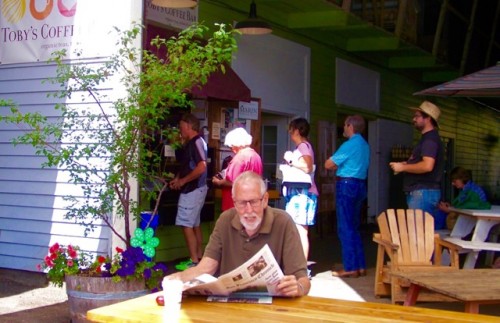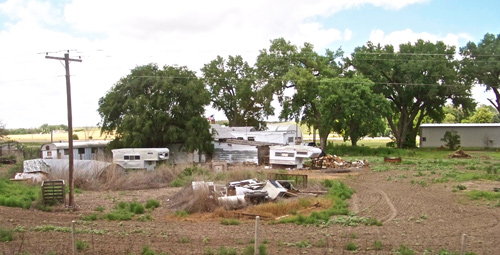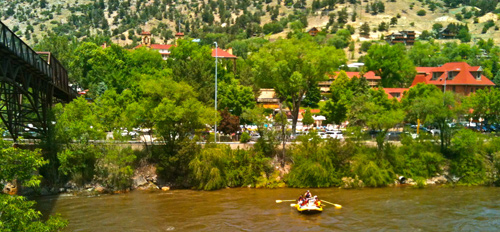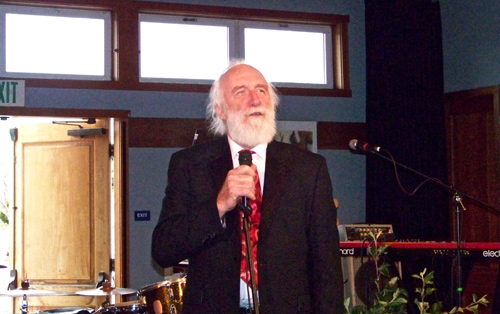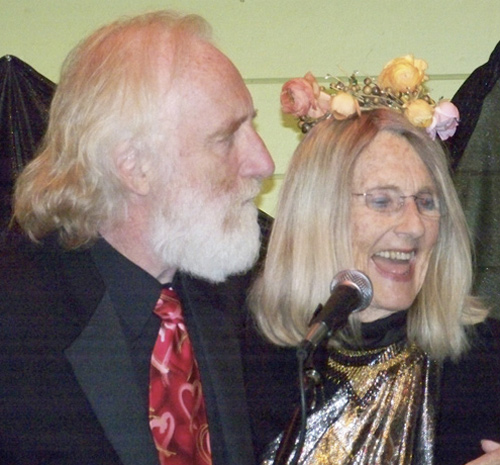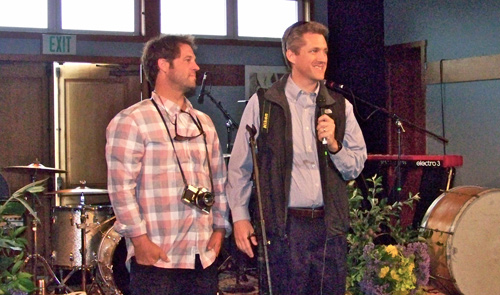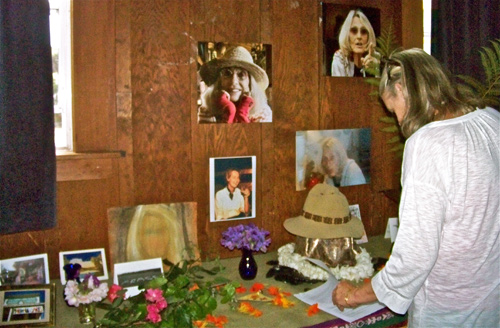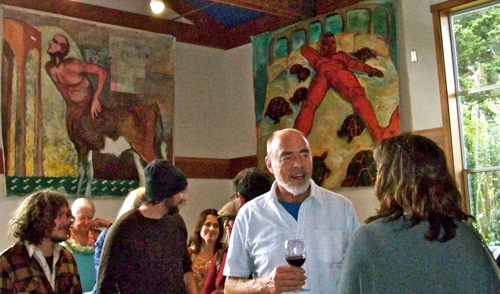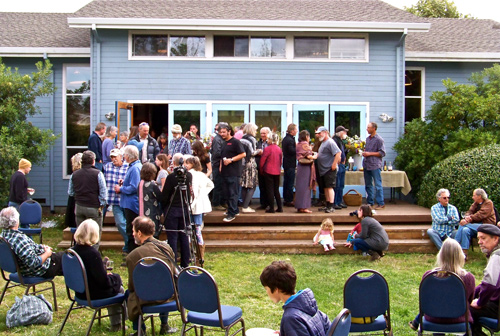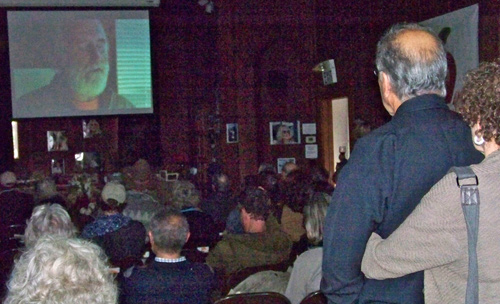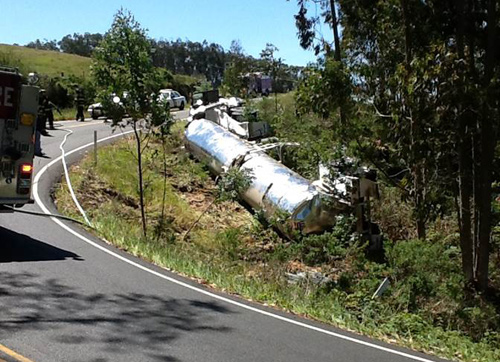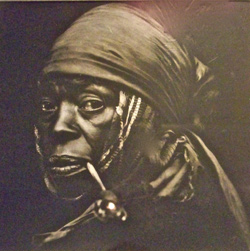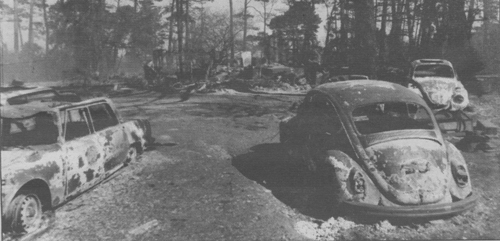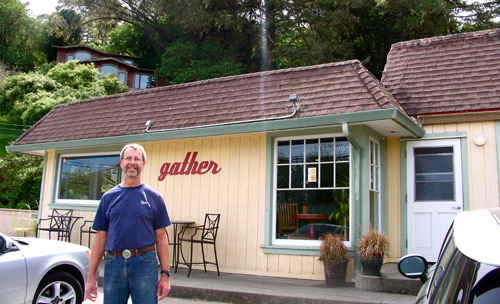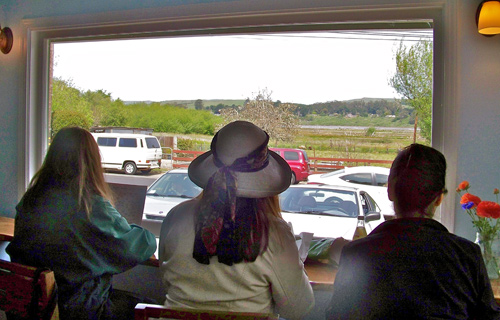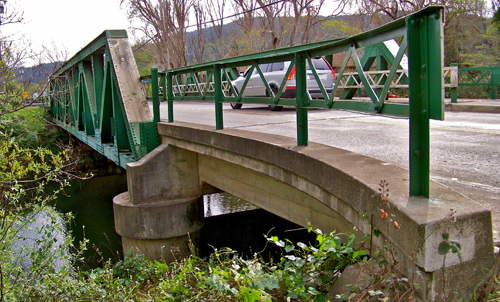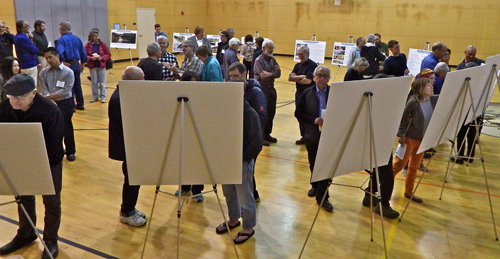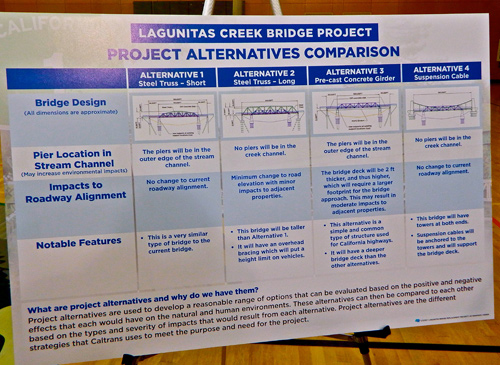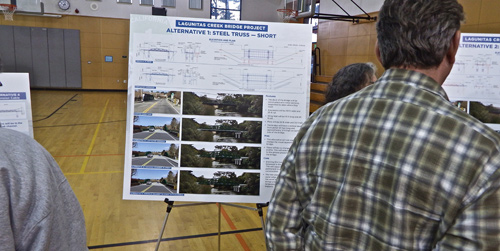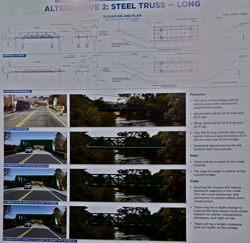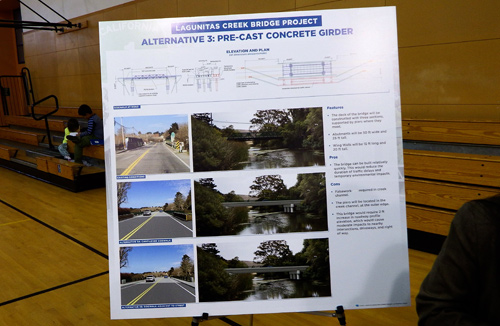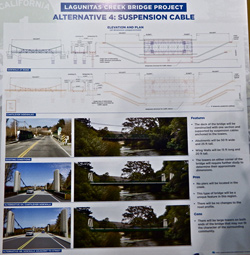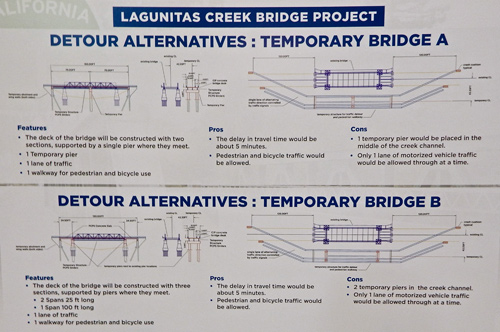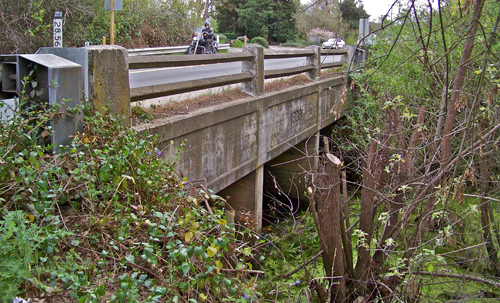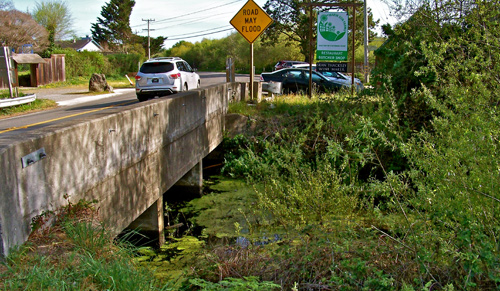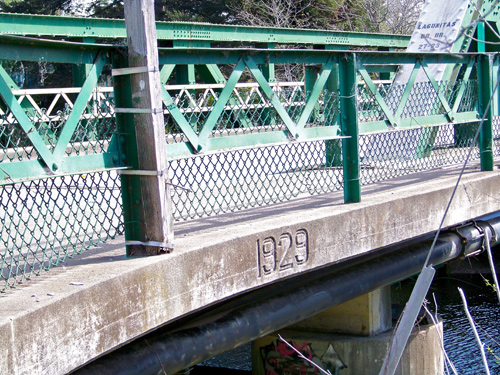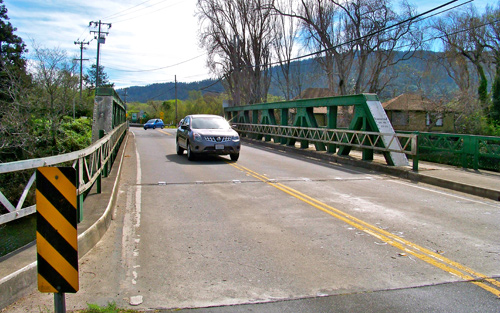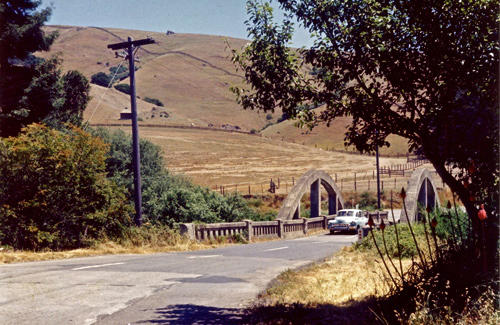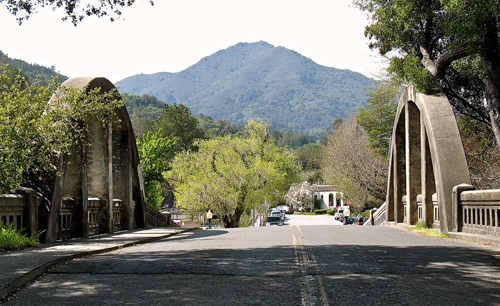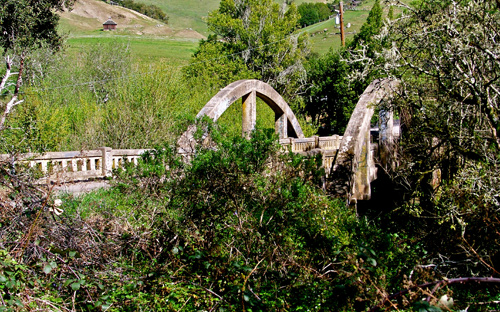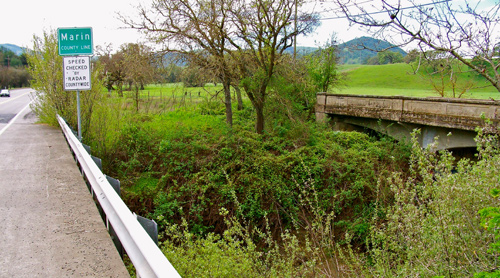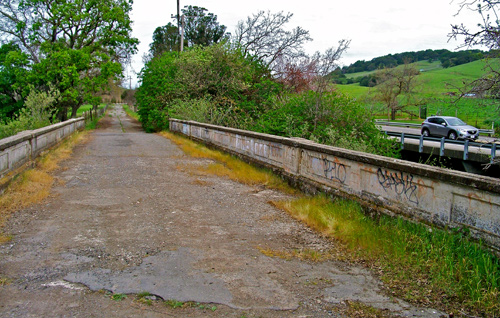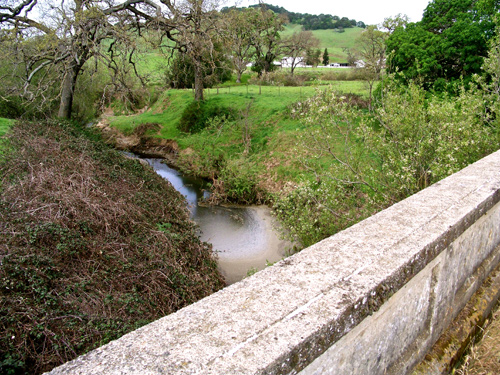Tue 27 Sep 2016
The transgender journey of an Inverness woman
Posted by DavidMitchell under General News
Comments Off on The transgender journey of an Inverness woman
I originally wrote this posting as a book review for the Sept. 1, 2016, Point Reyes Light where I was editor and publisher for 27 years before retiring 10 years ago.
There was no stir in West Marin last Friday, Aug. 26, when a federal judge curbed a new North Carolina law that restricted transgender students access to restrooms.
While the case may seem a continent away, the ruling in favor of three plaintiffs has significance even for residents here. An Inverness resident and former West Marin School bus driver has been going through a transition from male to female and, less than a month ago, published a book describing her experiences.
Leslie Scott, who had been known as Scott Leslie, tells her story in Outside-In, Inside-Out: A Transgender Journey. It’s an informative autobiography that is at times humorous and at times painful.
Many people mistakenly equate being transgender with being a transvestite. The book, however, explains, “True transvestites have no interest in changing their gender; they just like wearing the clothes [and] aren’t considered members of the transgender community. And so the term ‘cross-dresser’ is now preferred.”
When Leslie was a young boy, he was harshly scolded for playing dress-up with a neighbor girl. Each time his mother saw him dolled up, she flew into a rage, even though the girl’s mother had dressed him and applied his makeup.
After the second time, Leslie’s mother would not speak to the girl’s mother, and, she writes, “I never again had any kind of a ‘real’ friendship with any girl. I guess I never as a man had any kind of ‘real’ friendship with any woman either.
“And though I always preferred the company of girls and women, there was always the feeling of a nameless, underlying taboo about it, and such a friendship never seemed, at least until recently, like something I would ever be allowed to really know.”
In the 1970s, Leslie moved to San Francisco. “I lived in the Castro District before and after it was taken over by the gay scene,” she wrote. “I had no end of opportunities to experiment with homosexual liaisons, the idea of which did sometimes intrigue me, but the idea was all that ever happened.”

Scott Leslie (before transition, left) worked as a security guard for Renaissance and other fairs, did “roustabout-type jobs, including truck driving, garbage detail, outhouse servicing,” and studied to be a peace officer and a journalist.
Ultimately, Leslie earned a doctorate in philosophy from the University of California at Riverside. Throughout his adult life, he covertly experimented with cross-dressing, but inevitably threw out the clothes.
He had several serious girlfriends, one of whom became his wife for nine years. Coincidentally, they both had a stammer, and both “were enthusiasts of all things Scottish or Highland, meaning games, dancing and bagpiping.”
In 2005, Leslie became a bus driver for West Marin School and discovered that he “liked the driving and loved working with the kids.
What put me on the road to actual gender transition,” she relates, “was a tiny baby step, a venture so small that I could convince myself it was no more than a whim or a lark: I set out to grow breasts.” Leslie ate fennel seeds, rich in plant estrogen, for a couple of weeks, which caused him to start developing breasts. But he was startled when his therapist noticed something different about him.
“I realized that the phytoestrogen, i.e., plant equivalents of estrogen, in the herb were affecting my demeanor, and I panicked: I ‘straightened up’ and tried to look more masculine, and when I got home I dumped the herbs and again purged my wardrobe of things feminine,” she wrote. But the seeds had worked, and Leslie now had breasts: they “were very small, but they were noticeable.”
In 2010, the full transition started. She began by regularly drinking an herbal mix of her own creation. The results were immediate, and in six months she switched to estradiol, a medical form of estrogen, and spironolactone, which eliminates testosterone.
“It wasn’t always easy, and sometimes I would be driving my school bus back to the yard at the end of the day, feeling my body changes in wonder, and suddenly I’d panic, asking myself, ‘What the hell are you doing?’ I learned to reply with one word, ‘courage,’ to get through the angst attacks,” she wrote.
Although she was keeping the transition private, the author stated that “other people noticed a change: my colleagues at the school commented on how much happier I seemed and how much more involved I was with the children, especially the youngest students, to the point where the annual Young Writers book was dedicated to me.
 It doesn’t get any better than that; I cried at the presentation. Indeed, I did a lot of crying and laughing during that period, as my body adjusted to the hormones.”
It doesn’t get any better than that; I cried at the presentation. Indeed, I did a lot of crying and laughing during that period, as my body adjusted to the hormones.”
Leslie Scott (after transition, left)
In 2012, Leslie went on her first Trans March in San Francisco; afterward, she came out to the school and the community. “The response was mostly positive and supportive,” she relates. “The few exceptions were people who simply didn’t seem to understand what I was doing.”
Two years ago, Leslie took the biggest step of all and was surgically reconfigured into a woman. The operation was paid for by Kaiser, which sent her to a surgeon in Arizona and paid for her flights and room.
The surgery was complex, and the book includes the doctor’s description of how he fashions vaginas and clitorises from penises and labia from scrotums. Included in the book is a small photograph of Leslie’s vulva as it appeared a few weeks after her surgery.
So why should someone peruse all this? Outside-In, Inside-Out is not only a good read, it is also relevant as the rights of transgender people become political issues around the country.
In May, the United States Department of Justice issued a directive that said students have the right to use restrooms and locker rooms that align with their gender identities. Several states responded by suing the federal government, and North Carolina passed a law that mandates the use of restrooms be determined by the gender on one’s birth certificate.
That law, however, amounts to illegal sexual discrimination, as the judge in Winston-Salem wrote in Friday’s temporary restraining order.
Interviewed in Point Reyes Station that day, Leslie said she hopes her book’s readers “will take away an appreciation of how difficult and scary and painful gender-transition is. There are times I’ve felt overwhelmed by the enormity of it. This is a very painful subject, but any major life change like this is grist, at least at times, for the humor mill.”
Outside-In, Inside-Out: A Transgender Journey is available at Point Reyes Books, and online from Amazon and at the author’s website, lesliescott.org. It’s also available at Book Passage in Corte Madera and Copperfield’s in Petaluma. I’ve been told it will also be for sale at the Book Passage store in San Franciscos Ferry Building.



